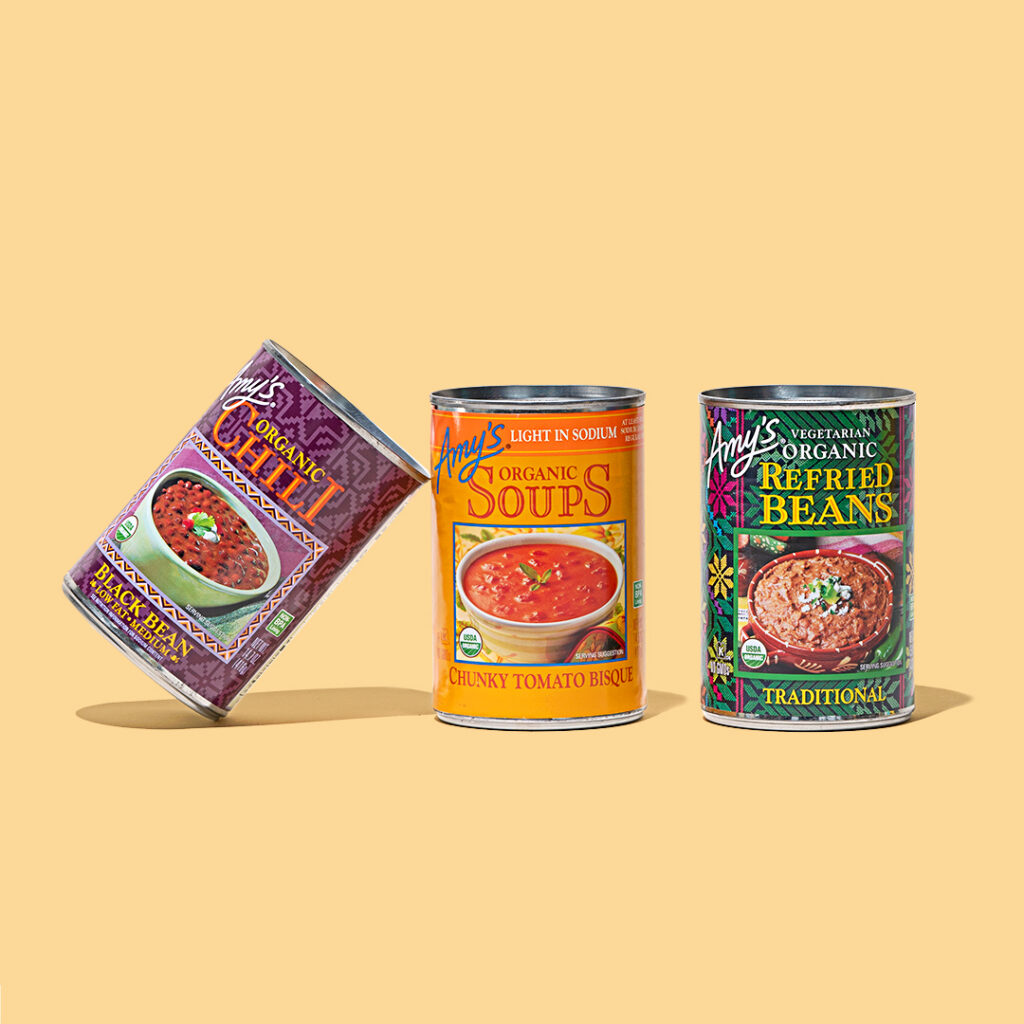
Food banks and pantries are essential community hubs, providing access to quality nutrition for those experiencing food insecurity. To donate thoughtfully, we put together a quick guide breaking down the basics.
What’s the difference between food banks and pantries?
Food banks are larger scale than food pantries, and are more so centers that collect, store, and distribute mostly shelf-stable food. Food banks might serve individuals and more regional food pantries, which are smaller scale and able to adapt more to each community’s unique needs. Often mobile or located in natural community meeting points (e.g. schools), food pantries have a more localized presence, whereas larger food banks have the resources to offer additional community aid like SNAP/EBT support, cooking classes, and nutritional education.
What you shouldn’t donate to food banks:
- Food in glass containers (they can be prone to breaking)
- Stuff you’ve cooked (aka leftovers and baked goods)
- Expired food*
- Food with opened or damaged packaging
*Check your food bank or state’s use-date policy, as some are more lenient than others for items close to (or past) date.
What food banks need most:
- Canned** foods: vegetables, beans, and proteins
- Boxed pastas and jarred sauces
- Shelf-stable meals
- Shelf-stable milks and non-dairy alternatives
- Flour, sugar, spices, and other baking essentials
- Peanut butter
- Granola bars
- Rice
- Dry beans
- Oils
- Broths
- Foods free of allergens, like gluten-free flour
- Kid-friendly items like juice boxes
- Formula and baby food
**Cans with “pull tabs” for easy opening are ideal!
What about everything else?
Ask your local food pantry what they need most! Being closer to the communities they serve, they may gladly accept perishable or refrigerated items like:
- Eggs, butter, refrigerated milks, and cheeses
- Meat, ground beef, and poultry
- Some fresh produce
If you can’t donate your food…
Share via mutual aid networks (Buy Nothing Facebook groups, the NextDoor app, community fridges), noting:
- Purchase and open dates
- Expiration dates
- Possible allergen contact
Freeze leftovers.
If time’s the issue, some things can be stashed for a later date.
| Item | # of months |
| Bread | 3 |
| Soups and stews | |
| Raw, ground meat and poultry | |
| Butter | 4 (unsalted) |
| 9 (salted) | |
| Baked pies and cookies | 6 |
And compost the rest.
Feed it to your own pile or find a drop-off near you. Be sure to check local rules for what can and can’t be composted in your area.
Consider donating your skipped Misfits box.
When you do this, you agree to be charged $15 and we’ll make a donation to a philanthropic partner on your behalf. Shop Misfits Market.
Sources:
- Feeding America
- Move for Hunger
- US Dairy
- FoodSafety.gov
- US Environmental Protection Agency
- City Harvest
- Producepedia
- No Kid Hungry
- USDA.gov
Try online grocery delivery with Misfits Market.
